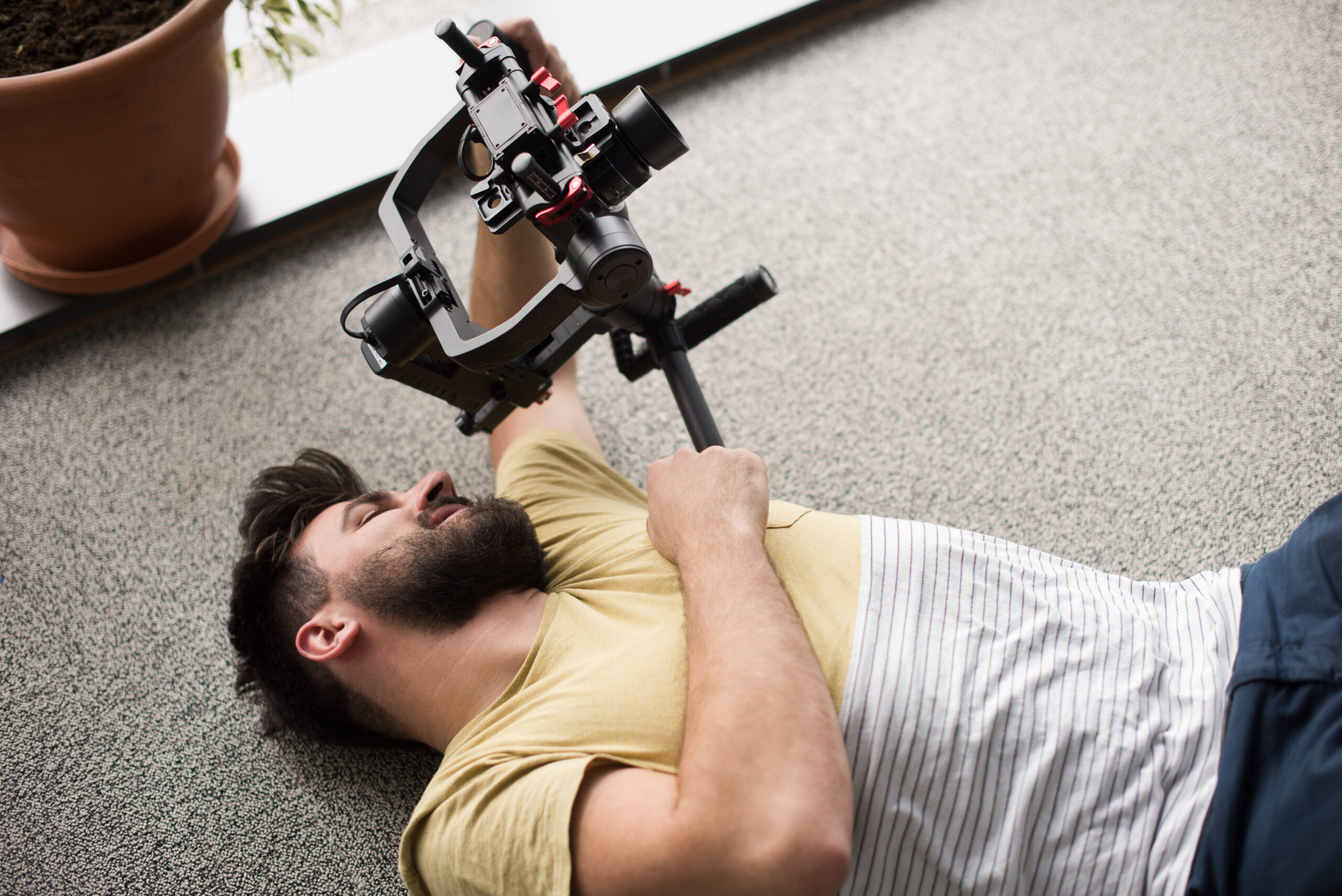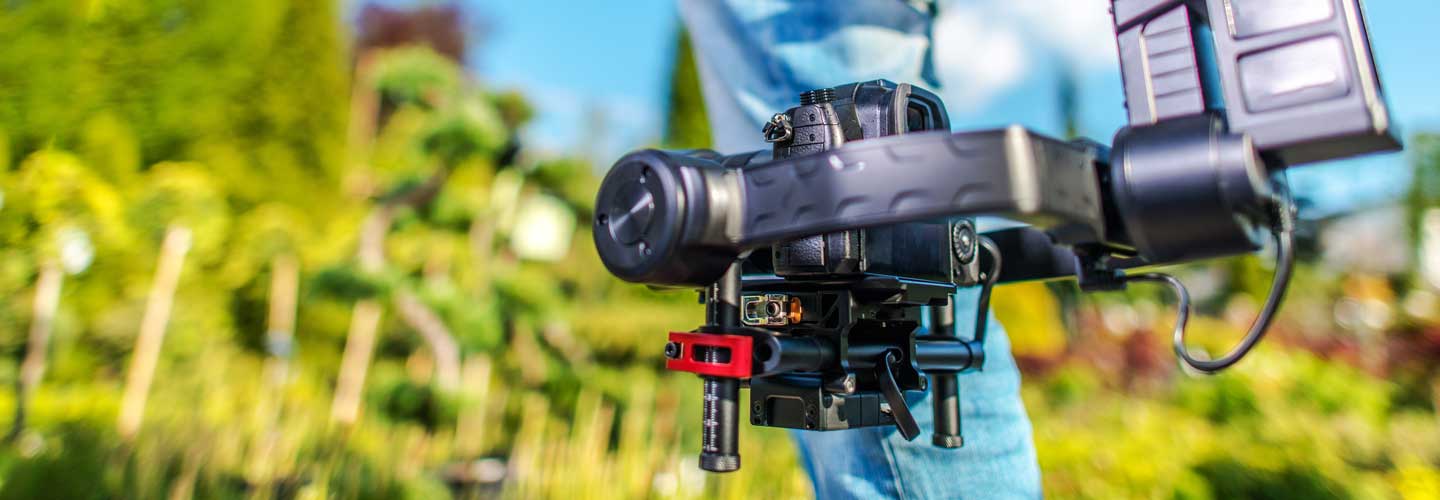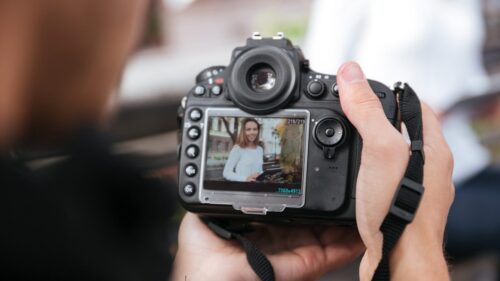You have a clear vision for your next video. But you’re having trouble finding stock footage clips with the exact camera movements you’re looking for. So what now? Sometimes the only way to craft that perfect shot is to take it yourself.
Camera movements are a fundamental part of video production. They can be a powerful storytelling device, heightening tension, evoking emotions, and bringing the viewer into the action. Without saying a word, camera movements can transform a scene’s entire narrative, and direct audiences’ attention where you want it.

This primer on 7 basic camera movements will give you a quick cinematography refresher course before setting up to shoot. We’ll cover the basics of shot composition, and some tips and tricks on camera techniques for more impactful storytelling. You can also watch our quick shorts video to learn about these 7 essential camera movements in less than 60 seconds.
The 7 basic camera movements you need to know
Basic camera movement #1: Zoom
Zooming is one of the most frequently used camera movements for adding a quick pop of visual interest. A carefully timed zoom can add energy or impact to a scene, or bring a key detail into focus. Zooming is so common that it’s become something of a crutch for videographers looking to make a shot more interesting. Don’t let camera zooms become your default move! Instead, try using them in creative and interesting ways that serve your narrative. Zoom in (or out) from an unexpected, yet important object or person in your shot. Or use a quick zoom to give a fast-paced video an extra shot of visual adrenaline.
Download this video of a zoom shot
Movement #2: Pan
A pan (or panning shot) is when the camera sweeps horizontally from a fixed position, either left or right. Derived from “panorama”, you can use this camera movement to establish locations and track subjects within them. Panning is considered a relatively basic camera movement, but it’s a highly versatile way to set a scene. For instance, pans can increase dramatic tension by slowly revealing to the audience what the character on screen sees. Alternatively, you can also use them in over-the-top or exaggerated ways for comedic effect.
Download this video of a pan shot
Camera movement #3: Tilt
A tilting shot is a camera movement along a fixed vertical axis, either up to down or down to up. Similar to panning, tilting is frequently used in establishing shots where characters or settings are introduced. Tilting the camera down can create an illusion of distance or depth, while tilting up instills a grandiose feeling.
Download this video of a tilt shot
Basic movement #4: Dolly
In both pan and tilt shots, the camera swivels without moving from a stationary, central position. Dolly shots, on the other hand, involve physically moving the camera either forward or backwards. This camera movement is done by mounting the camera to some kind of track or motorized vehicle. When done correctly, dolly shots help you play with perspective to create a variety of interesting and dramatic effects. Just make sure your track is stable and allows for fluid camera motion!
Download this video of a dolly shot
Basic camera movement #5: Truck
Trucking shots are the same as dolly shots, only the camera moves left to right instead of forward or backwards. In a trucking shot, the camera is rigged to a tripod or vehicle that moves horizontally along a track. This camera movement can set the pace of a scene or follow a character’s movement. Similar to dolly shots, it’s important to make sure the track is free of any jerking or friction. That’s because if the track isn’t clear, the shot may not come out.
Download this video of a truck shot
Movement #6: Pedestal
The pedestal camera movement involves physically moving the camera up or down from a fixed vertical axis. You often see pedestal shots when a camera is framing a tall subject (like a building). You don’t necessarily need to invest in an actual pedestal to create a perfect pedestals shot. Those can be pretty spendy. You can also pull off the effect using a tripod, or even handheld if you’ve got rock-steady hands.
Download this video of a pedestal shot
Basic camera movement #7: Rack focus
A rack focus isn’t strictly a camera movement, but it’s an essential skill to master for beginners and experts alike. With a rack focus, you adjust the lens to blur one subject while sharpening another without cutting. This lets the videographer shift emphasis between subjects in a dramatic fashion while directing audiences’ attention.
Download this video of a rack focus shot
Find footage with all the camera movements you need with a Storyblocks subscription
Now that you’re fully equipped with these types of camera movements and how to use them, it’s time to work them into your videos. But you don’t have to shoot every shot in your projects by yourself. You can download a wide selection of motion and shot styles from our stock footage library. That’s where you’ll find a massive assortment of high-quality, royalty-free 4K and HD video clips for your next project. And many of them utilize the camera techniques described above. In fact, Storyblocks has everything from sweeping aerial drone footage to perfectly framed close-ups, and all the shots in between. Save time with our advanced search features and filters to find exactly what you’re looking for.
Editor’s note: We updated this article to include additional information. It was originally published on May 15, 2019.



